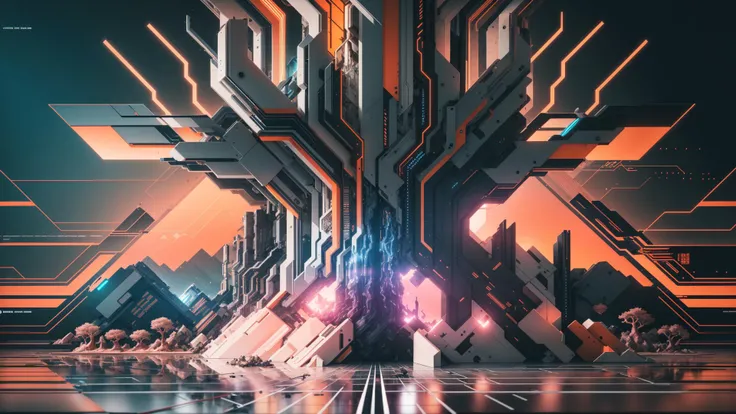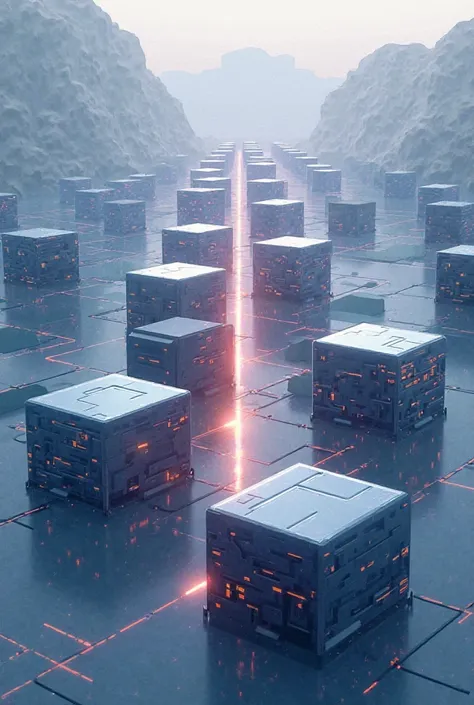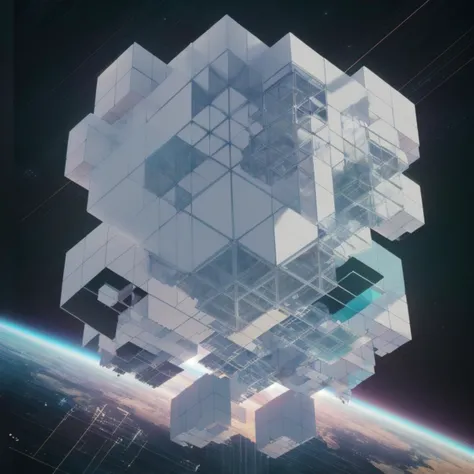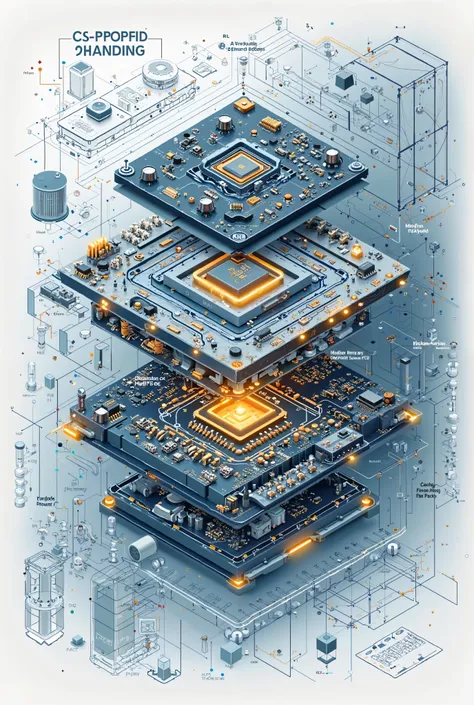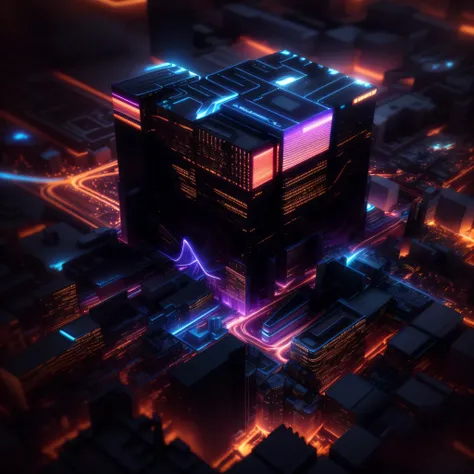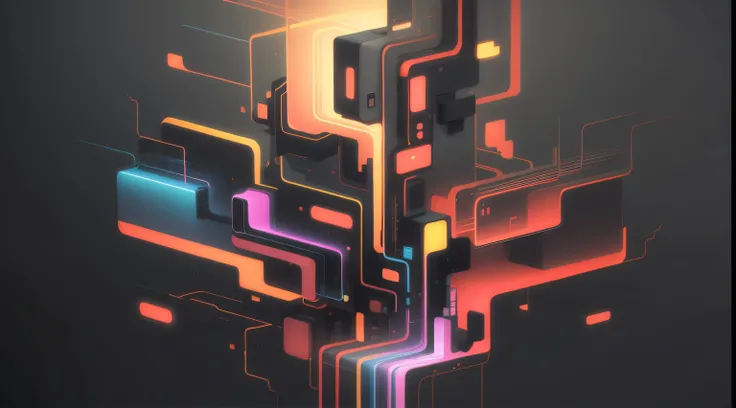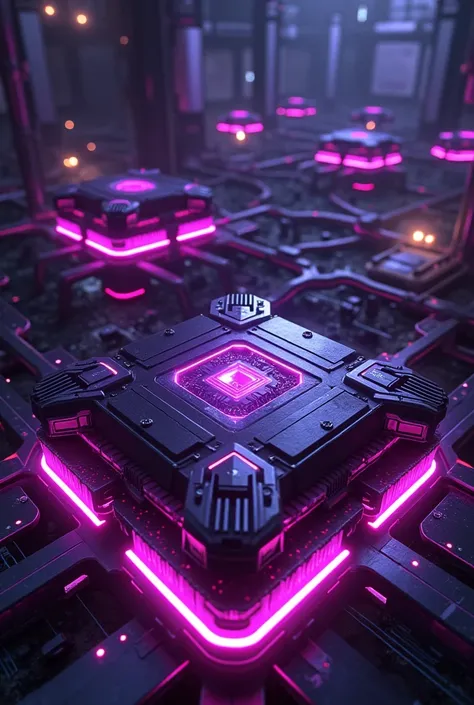Cryptocurrency blockchain is a decentralized, distributed ledger technology that

Cryptocurrency blockchain is a decentralized, distributed ledger technology that underpins cryptocurrencies like Bitcoin. Here's how it works: 1. **Decentralized Ledger**: Instead of a central authority (like a bank) keeping track of transactions, blockchain relies on a network of computers (nodes) spread worldwide. Each node has a copy of the entire blockchain. 2. **Blocks**: Transactions are grouped together into "blocks". Each block contains a list of transactions that have been validated by miners (nodes that perform complex computations to verify transactions). 3. **Cryptographic Hashing**: Each block contains a cryptographic hash of the previous block, linking them together sequentially. This creates a chain of blocks — the "blockchain". 4. **Consensus Mechanism**: To add a new block to the blockchain, nodes must agree on its validity through a consensus mechanism (like Proof of Work in Bitcoin). This makes it extremely difficult to alter past transactions, ensuring security and immutability. 5. **Transparent and Secure**: Transactions are transparent and can be viewed by anyone, but they are pseudonymous (not directly tied to real-world identities). The security of blockchain comes from its decentralized nature and cryptographic algorithms. 6. **Smart Contracts**: Some blockchains, like Ethereum, support smart contracts — self-executing contracts with the terms directly written into code. These expand blockchain's usability beyond currency transactions. In essence, blockchain technology enables secure, transparent, and decentralized peer-to-peer transactions without the need for intermediaries, revolutionizing finance and potentially other industries.
Generation Data
บันทึก
คำพรอมต์
คัดลอกคำพรอมต์
Cryptocurrency blockchain is a decentralized
,
distributed ledger technology that underpins cryptocurrencies like Bitcoin
.
Here's how it works:
1
.
**Decentralized Ledger**: Instead of a central authority (like a bank) keeping track of transactions
,
blockchain relies on a network of computers (nodes) spread worldwide
.
Each node has a copy of the entire blockchain
.
2
.
**Blocks**: Transactions are grouped together into "blocks"
.
Each block contains a list of transactions that have been validated by miners (nodes that perform complex computations to verify transactions)
.
3
.
**Cryptographic Hashing**: Each block contains a cryptographic hash of the previous block
,
linking them together sequentially
.
This creates a chain of blocks — the "blockchain"
.
4
.
**Consensus Mechanism**: To add a new block to the blockchain
,
nodes must agree on its validity through a consensus mechanism (like Proof of Work in Bitcoin)
.
This makes it extremely difficult to alter past transactions
,
ensuring security and immutability
.
5
.
**Transparent and Secure**: Transactions are transparent and can be viewed by anyone
,
but they are pseudonymous (not directly tied to real-world identities)
.
The security of blockchain comes from its decentralized nature and cryptographic algorithms
.
6
.
**Smart Contracts**: Some blockchains
,
like Ethereum
,
support smart contracts — self-executing contracts with the terms directly written into code
.
These expand blockchain's usability beyond currency transactions
.
In essence
,
blockchain technology enables secure
,
transparent
,
and decentralized peer-to-peer transactions without the need for intermediaries
,
revolutionizing finance and potentially other industries
.
ข้อมูล
Checkpoint & LoRA

Checkpoint
Counterfeit-V3.0
#Anime
# ไซเบอร์พังค์
#Scene Design
0 ความคิดเห็น
1
0
0















